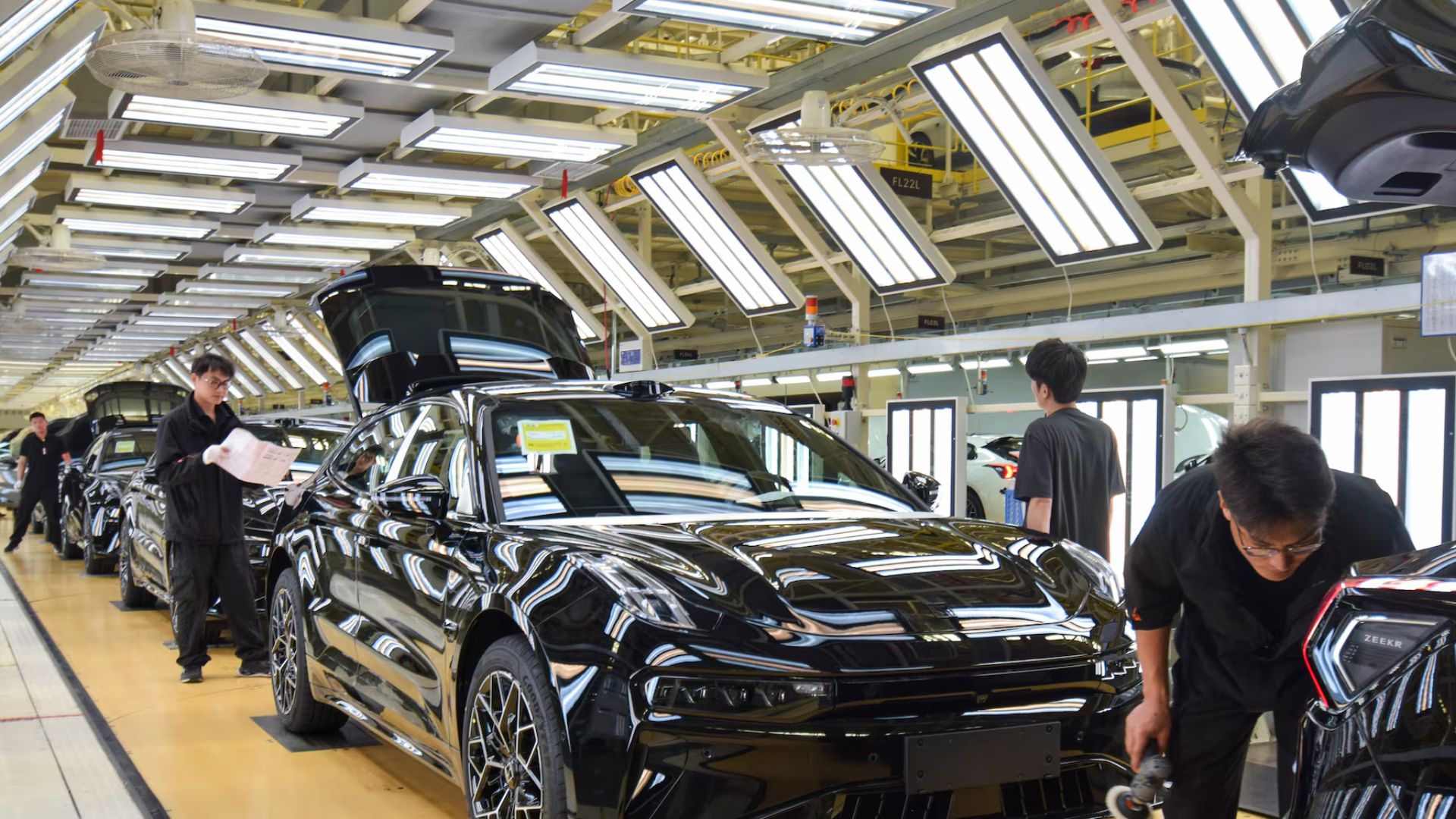SHENZHEN – In October 2023, Chinese automaker Chery ordered engineers and suppliers to travel on short notice to proving grounds in Zhaoyuan, Shandong Province.
Over a weekend, they planned an overhaul of the suspension and steering on the Chinese version of Chery’s Omoda 5 SUV for Europe, a key market in its global expansion. The problem: The car had been designed for China’s smooth streets and slower speeds. Now, it had to withstand Europe’s winding, bumpy roads.
Just six weeks later, Chery started shipping the European-spec Omoda 5 to dealers, complete with new steering, traction control, brakes, vibration dampers and tires.
“You can forget doing something that fast with a European automaker,” said Riccardo Tonelli, Chery’s senior vehicle-dynamics expert, who led the overhaul. “It’s impossible.”
Tonelli, who previously worked at an Italian carmaker and a Korean tire maker, estimated Western manufacturers would take well over a year to push similar improvements through their comparatively bureaucratic organizations.
Chery’s Omoda makeover exemplifies the disruptive speed and flexibility of Chinese automakers, which have seized control of their home market, the world’s largest, from once-dominant foreign competitors. Now, China’s rising auto giants are racing to expand globally, with Chery as the leading exporter. EV giant BYD, China’s largest automaker, poses a bigger long-term competitive threat, industry executives say.
China’s emerging automotive dominance owes largely to a singular manufacturing achievement – slashing vehicle-development time by more than half, to as little as 18 months for an all-new or redesigned model. The average age of a Chinese-brand electric or plug-in hybrid model on sale domestically is 1.6 years, versus 5.4 years for foreign brands, consultancy AlixPartners found.
That speed has rattled legacy automakers, which have historically redesigned vehicles about once every five years, or once a decade for pickups.
This account of how Chinese automakers outmaneuvered global rivals is based on interviews with more than 40 people, including current and former executives, employees and investors at five Chinese and seven global automakers and more than a dozen industry experts. Reuters visited BYD’s Shenzhen headquarters, factories of Chinese EV brands Zeekr and Nio, and European R&D centers of Zeekr and Chery.
The U.S. and Europe have imposed tariffs to shield their car industries, alleging China unfairly subsidizes EVs. But Chinese automakers’ development speed has emerged as the biggest factor in their cost and technological advantages over foreign competitors, Reuters found. Shaving years off vehicle-development cycles saves capital, lowers prices and ensures Chinese players have the freshest models during a technological revolution, executives and industry experts said.
The urgent pace is baked into BYD’s structure. Taking advantage of China’s lower labor costs, BYD deploys about 900,000 employees, nearly as many as the combined workforces of Toyota and Volkswagen, to accelerate design and manufacturing. At its headquarters, BYD promotes a work-focused life through company-subsidized housing, transportation and schools. Unlike most automakers, BYD makes most of its own parts rather than relying on suppliers, another factor that speeds development and lowers costs.











